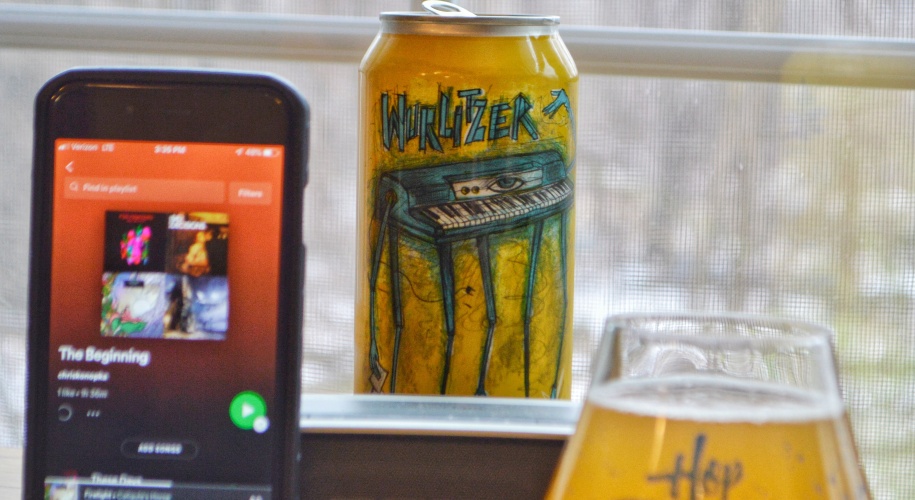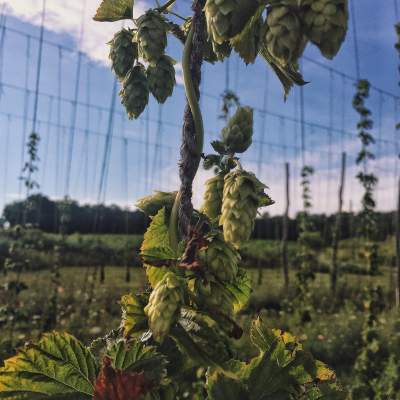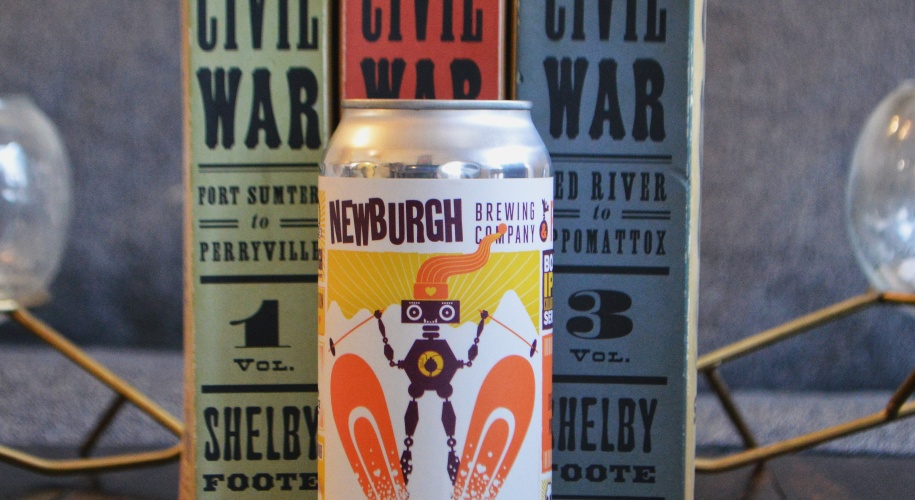

Maple Syrup and Your Beer
 Lawson’s ‘Maple Nipple’ meets a potential maple nipple.
Lawson’s ‘Maple Nipple’ meets a potential maple nipple.
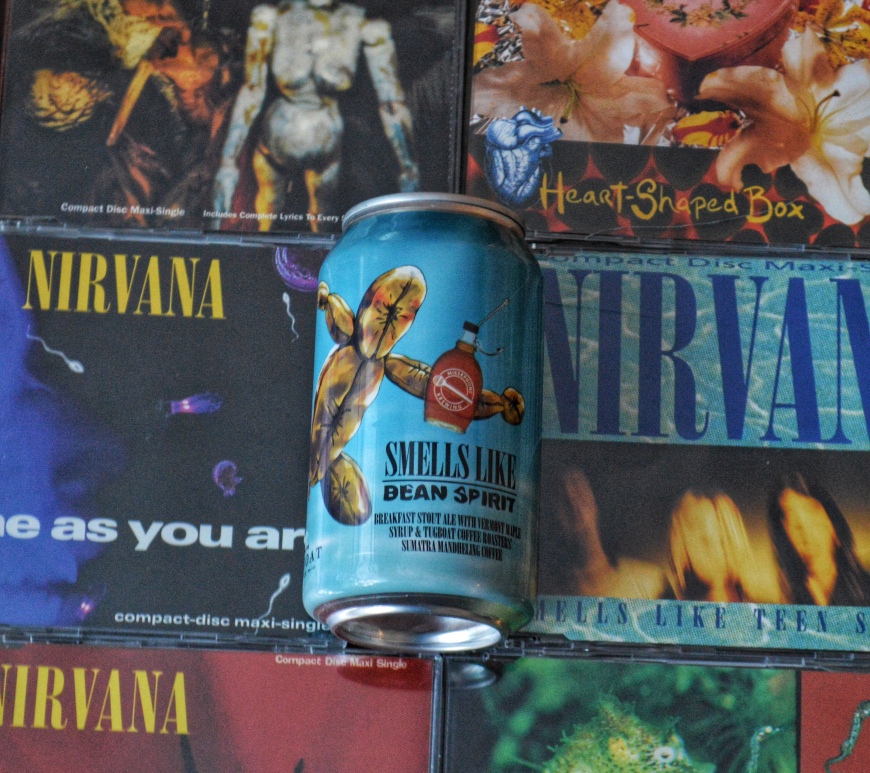
When Music Meets Beer

Mikerphone’s ‘Smells Like Bean Spirit’ meets my youthful musical tastes.
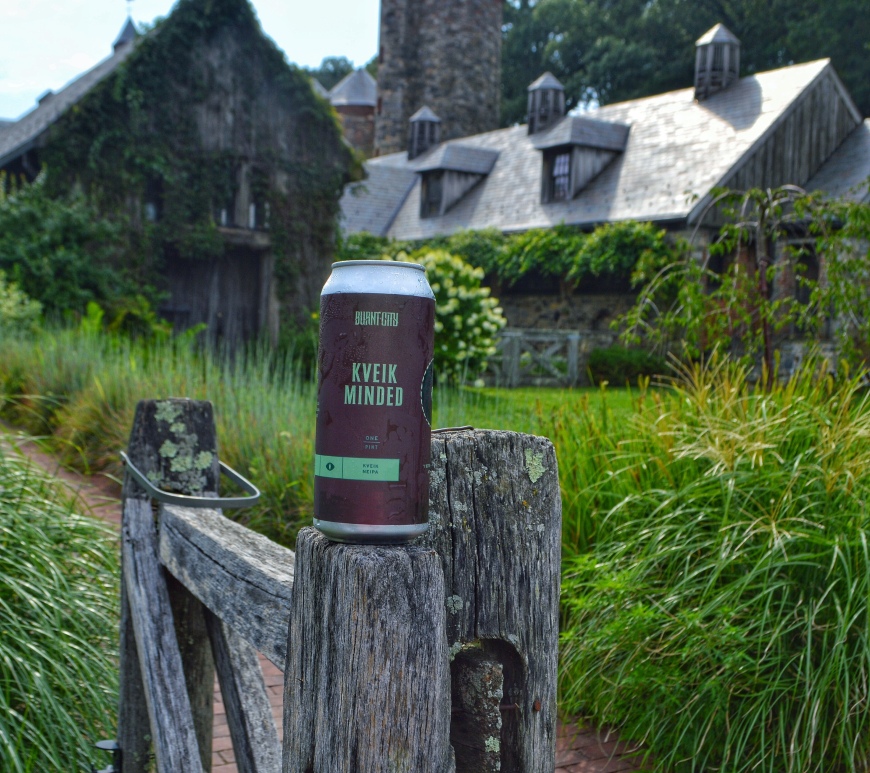
Kveiks: A Farmhouse Tradition

Burnt City’s ‘Kveik Minded’ meets a local farmhouse.

Inspiration From the Past: Historical Beers And Their Place in Modern Brewing
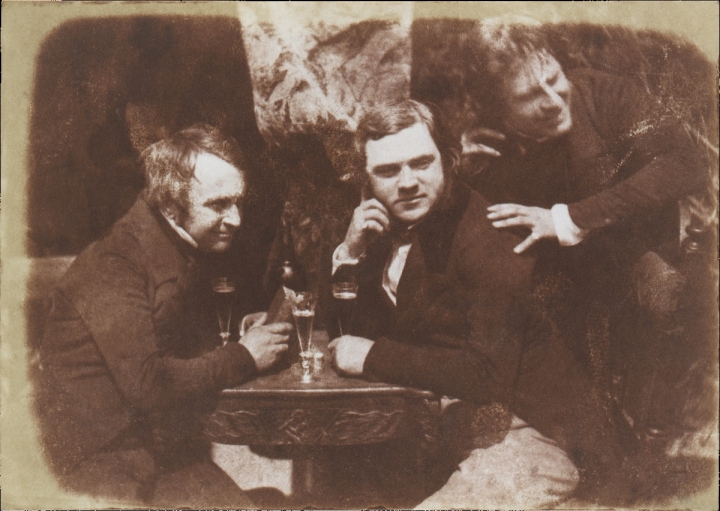
A few weeks ago, I talked to 4th and 5th graders about the job of a historian, the importance of research and the power of curiosity. I must have done a good job, because the 4th graders were impressed that I fashioned myself a historian more than a teacher. It’s likely the last time a lot of these kids hear “historian” without their eyes glazing over, but you can’t choose what you love.
Continue reading “Inspiration From the Past: Historical Beers And Their Place in Modern Brewing”

Why Don’t We Ever Hear About Washington’s Glasses?
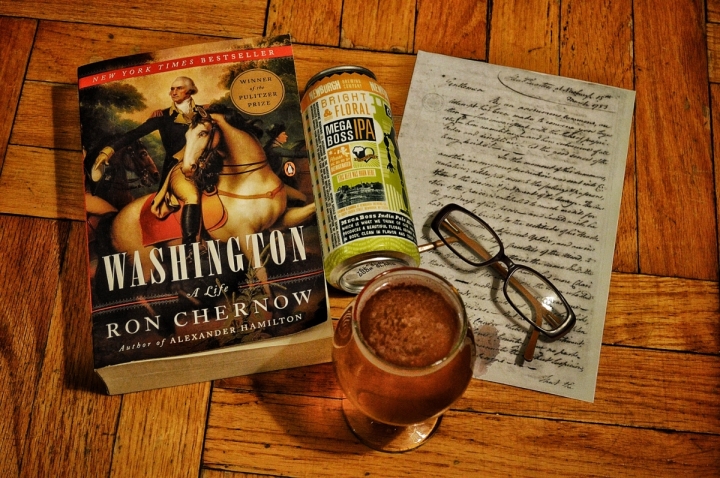 The British surrender at Yorktown on October 19th, 1781 marked the end of the American Revolution even though the Treaty of Paris wouldn’t be signed until almost two years later. Hostilities halted (except for a few minor engagements), but the British maintained control over New York City, Charleston (until December 1862) and some minor outposts in the Ohio River Valley. Their continued presence meant that the Continental Army needed to remain intact in case the dastardly redcoats tried some funny business. Ironically, the greatest threat to the fledgling republic during this period came in early 1783 from the Army created to protect the United States and not a foreign power. Dun-dun-duuuuuuuuuuuun.
The British surrender at Yorktown on October 19th, 1781 marked the end of the American Revolution even though the Treaty of Paris wouldn’t be signed until almost two years later. Hostilities halted (except for a few minor engagements), but the British maintained control over New York City, Charleston (until December 1862) and some minor outposts in the Ohio River Valley. Their continued presence meant that the Continental Army needed to remain intact in case the dastardly redcoats tried some funny business. Ironically, the greatest threat to the fledgling republic during this period came in early 1783 from the Army created to protect the United States and not a foreign power. Dun-dun-duuuuuuuuuuuun.
Continue reading “Why Don’t We Ever Hear About Washington’s Glasses?”

John Blaine: Beer Magic
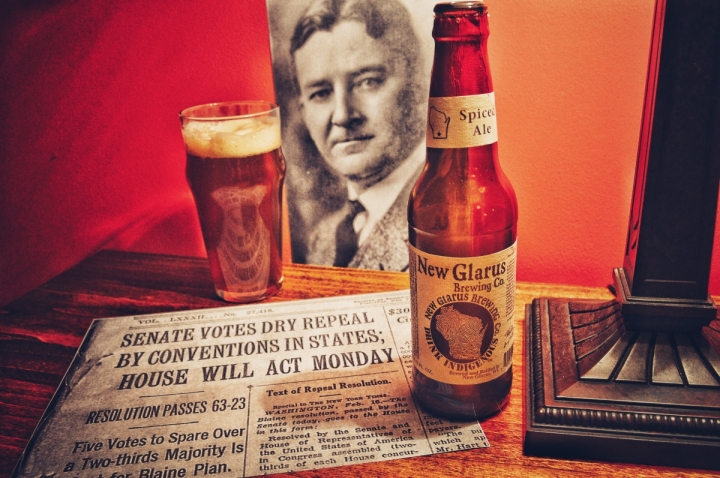
Modern liquor laws reflect how the different levels of government in the United States might operate if we still had a weak central government (e.g. The Articles of Confederation). In a nutshell, the states create most of their own regulations concerning alcohol within their borders. That’s why you can buy liquor and wine in New York liquor stores, but you have to go somewhere else to buy your beer. Or why you can buy anything you want in a grocery store in Illinois, but you have to go to state-licensed liquor stores for anything above 3.2% ABV in Kansas. Speaking as someone who’s had to cross county lines to get some beer in Kentucky, the inconsistency of these laws is frustrating to say the least.

Rebellions and the Farmers Who Love Them

When Hoppy Met Bessie: A Barnyard Love Story

Close your eyes and imagine a scene. It’s a late afternoon in June. The temperature is hovering around 75 and it’s a pleasant dry heat. You’re relaxing on a lounge chair in a screened-in gazebo with a ceiling fan lazily circulating the air around you. The smell of freshly cut grass, lilacs and tilled soil fill the air. A horse whinnies in the distance while birds twitter and cicadas buzz. Taking in this idyllic scene, you reach over and grab your drink from the side table. Question: What are you drinking?
Continue reading “When Hoppy Met Bessie: A Barnyard Love Story”

Make Mine a Sam Adams, or Two, or Three, or Four
After two beers, I become an inspired genius. I sketch woodworking projects, brainstorm blog posts, map out the next year of my life and solve all of the world’s problems. So why aren’t I “Supreme Leader Chris,” or at least “Really Got His Shit Together Chris?” That brief period of beer induced brilliance is close to impossible to maintain. The third beer can easily lead to the fourth which can give birth to “The FEAR,” otherwise known as the intense feelings of dread, malaise and lethargy that accompany a hangover. Even if I stop drinking, that confidence (dare I say cockiness), innovative thought and enthusiasm fades before I put anything into action.
Continue reading “Make Mine a Sam Adams, or Two, or Three, or Four”
All Aboard the Shallop of Despair

Living in New York, you know the name Henry Hudson. Even if you know nothing else, you know he’s the white dude who first explored the Hudson River, thus nobly bequeathing his name upon it. Continue reading “All Aboard the Shallop of Despair”
